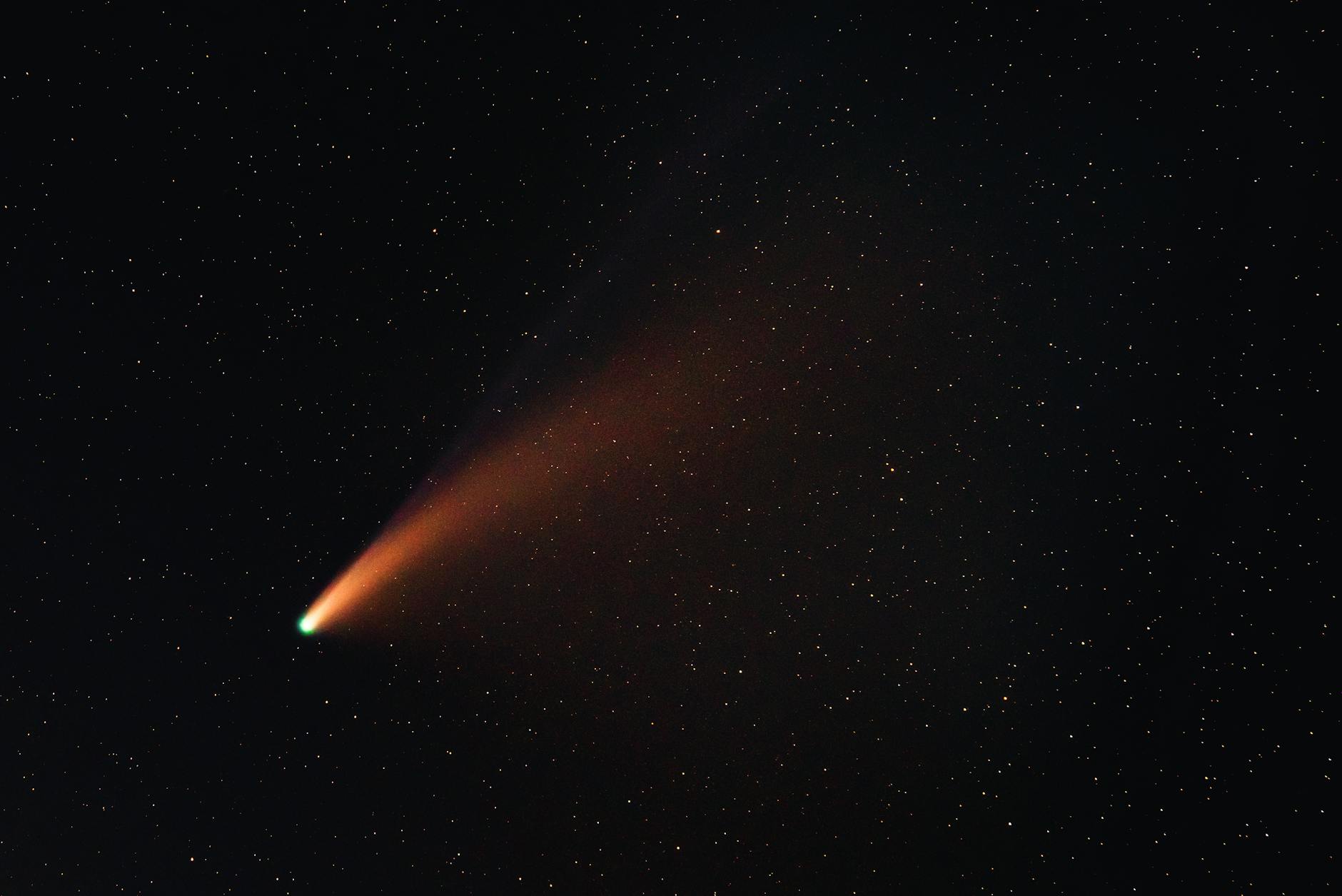Our solar system has recently welcomed a fascinating new guest, a celestial body that has ignited intense debate among astronomers. This newly identified object, designated C/2025 V1, is currently making its closest approach to our planet, offering a rare spectacle and a fresh enigma for scientists to unravel. Far from being an ordinary comet, this visitor possesses characteristics that suggest it might hail from beyond our sun’s gravitational embrace, fueling speculation about its true interstellar origins.
Unraveling the Identity of Comet C/2025 V1
Initially, confusion swirled around this new celestial wanderer, with some observers mistakenly associating it with the previously studied 3I/ATLAS. However, further analysis has clarified that C/2025 V1 is a distinct and unique entity. Its trajectory and composition hint at a journey from the deepest recesses of space, earning it the provisional label of ‘nearly interstellar.’ Researchers are diligently studying its properties to confirm whether it is indeed a true traveler from another star system or a peculiar object originating from the distant Oort Cloud at the fringes of our own solar neighborhood. The excitement surrounding its classification is palpable within the astronomical community.
Earth’s Close Encounter: A Rare Astronomical Spectacle
Stargazers and scientists alike are eagerly anticipating the peak of this comet’s close encounter with Earth. This Tuesday marks its nearest point to our world, providing an extraordinary window of opportunity for observation and data collection. Such close flybys of potentially interstellar objects are incredibly infrequent, making C/2025 V1 a paramount target for telescopes worldwide. Its proximity allows for unprecedented study, potentially revealing secrets about its formation, composition, and the vast, unexplored regions of space from which it may have journeyed. This event is a testament to the dynamic nature of our universe and the constant discoveries awaiting us.
Observing C/2025 V1 as it sweeps through our cosmic backyard represents a momentous occasion for astronomy. The data gathered from its flyby could revolutionize our understanding of interstellar objects and the exchange of material between star systems, painting a clearer picture of the universe’s grand tapestry.

Leave a Reply